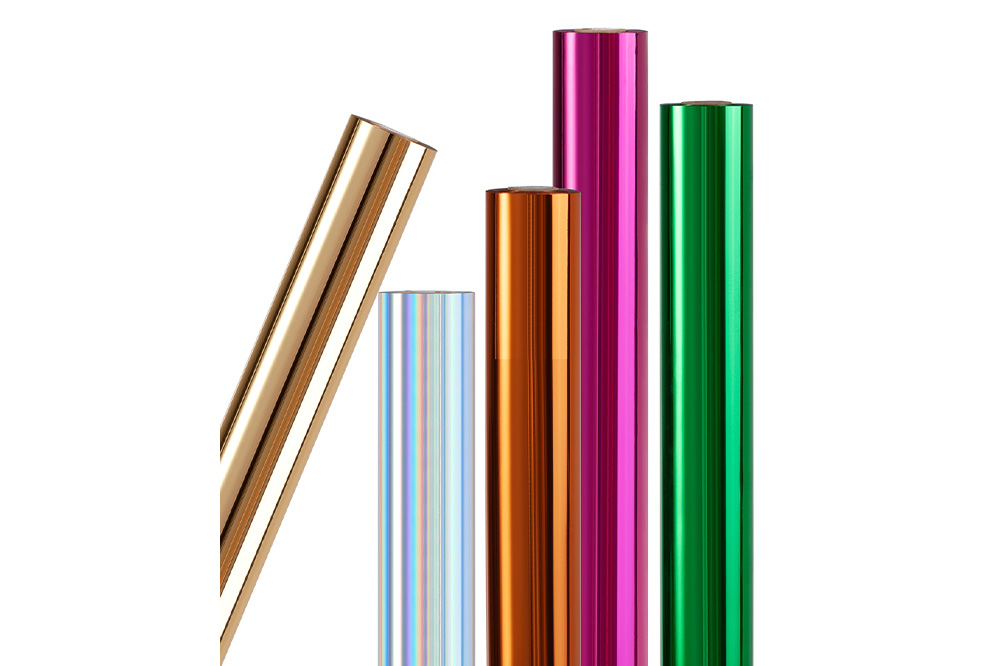How Durable is Digital Enhancement Foil Compared to Traditional Foil?
The printing industry has seen significant advancements over the years, particularly in the realm of foil printing. Both digital enhancement foil and traditional foil printing methods, such as hot and cold foil stamping, offer unique benefits and applications. One of the key considerations for businesses and designers when choosing a foil printing method is durability. Let's delve into how digital enhancement foil compares to traditional foil in terms of durability.
Digital Enhancement Foil
Digital enhancement foil, often referred to as digital foil printing, utilizes advanced digital technology to apply foil to printed materials. This method is known for its precision and versatility, allowing for intricate and detailed designs.
Durability Features
Enhanced Protection: Digital enhancement foil adds a layer of protection to the printed material, acting as a barrier against wear and tear. This ensures the print remains vibrant and intact for a longer period.
Resistance to Environmental Factors: The foil provides durability against various environmental factors, making it suitable for products that undergo frequent handling.
Efficiency in Production: The digital nature of the technology eliminates the need for custom dies or plates, reducing setup time and costs, which can indirectly contribute to the longevity of the print by ensuring consistent quality.
Traditional Foil (Hot and Cold Foil Stamping)
Traditional foil printing methods, such as hot foil stamping and cold foil printing, have been used for decades and are known for their luxurious and durable finishes.
Hot Foil Stamping
Superior Metallic Finish: Hot foil stamping uses heat and pressure to transfer metallic foil onto a substrate, resulting in a highly durable and reflective finish.
Layered Structure: The foil film consists of multiple layers, including a metallic layer, color layer, release layer, and adhesive layer. This multi-layered structure contributes to its durability and resistance to wear and tear.
Versatility and Texture: Hot foil stamping can be applied to various substrates, including paper, cardboard, leather, and plastic, and can also emboss or deboss the substrate, adding texture and depth to the print.
Cold Foil Printing
UV Curable Adhesive: Cold foil printing uses a UV curable adhesive applied on the press, which is then cured under UV light to anchor the foil to the surface. This method also ensures a durable and detailed finish.
Detailed Designs: Cold foil printing allows for very detailed images since the adhesive can be printed like standard ink, providing a high level of durability and precision.
Comparative Analysis
| Aspect | Digital Enhancement Foil | Traditional Foil (Hot and Cold) |
| Durability | High durability with added protection against wear and tear | Highly durable, resistant to wear and tear, superior metallic finish |
| Environmental Resistance | Effective against various environmental factors | Excellent resistance due to multi-layered structure |
| Production Efficiency | Streamlined process, reduced setup time and costs | Requires custom dies/plates, longer setup time |
| Design Versatility | Allows for intricate and detailed designs | Can emboss/deboss, versatile across substrates |
| Application | Ideal for frequent handling and diverse applications | Suitable for high-end products, packaging, and premium materials |
Conclusion
Both digital enhancement foil and traditional foil printing methods offer exceptional durability, making them suitable for various applications. Digital enhancement foil provides enhanced protection and efficiency, making it ideal for products that require frequent handling and quick production times. On the other hand, traditional foil printing, particularly hot foil stamping, offers a superior metallic finish and multi-layered durability, making it perfect for high-end, premium products.
Ultimately, the choice between digital enhancement foil and traditional foil printing will depend on the specific needs of the project, including design complexity, substrate type, and desired finish. Both methods ensure that the printed designs maintain their brilliance and luster over time, providing long-lasting impact and durability.
Dragon Foils is a leading stamping foil manufacturer in China and we can offer you quality foil rolls. We strive for excellence in every step of our production process, from raw material production and material distribution to metallization, coating, and embossing. We have a wide range of colors and patterns to choose from, and of course, Dragon Foils can provide custom options. Please contact us for more details.

